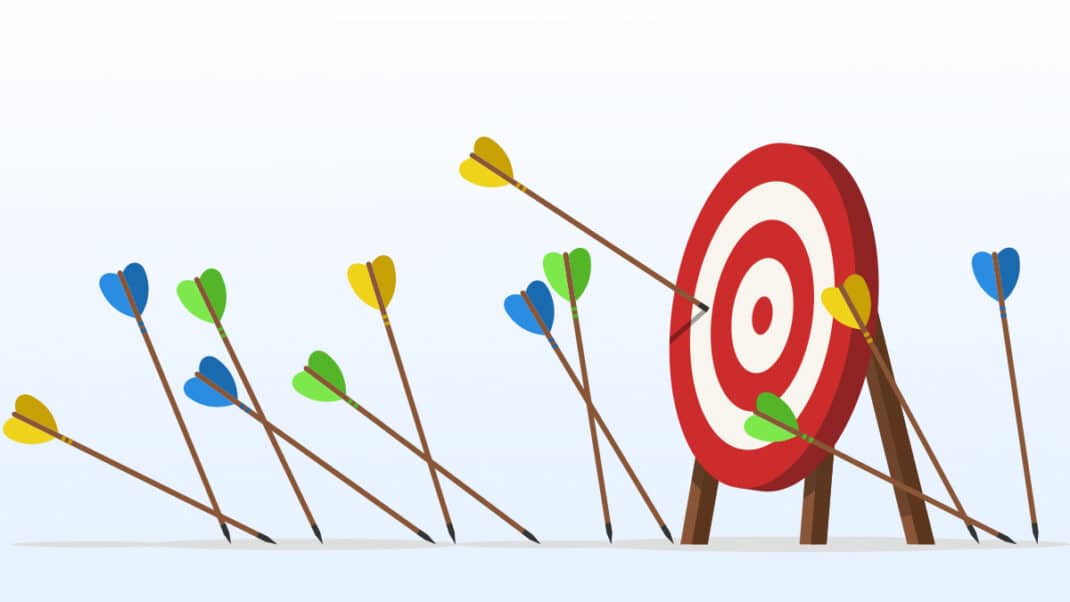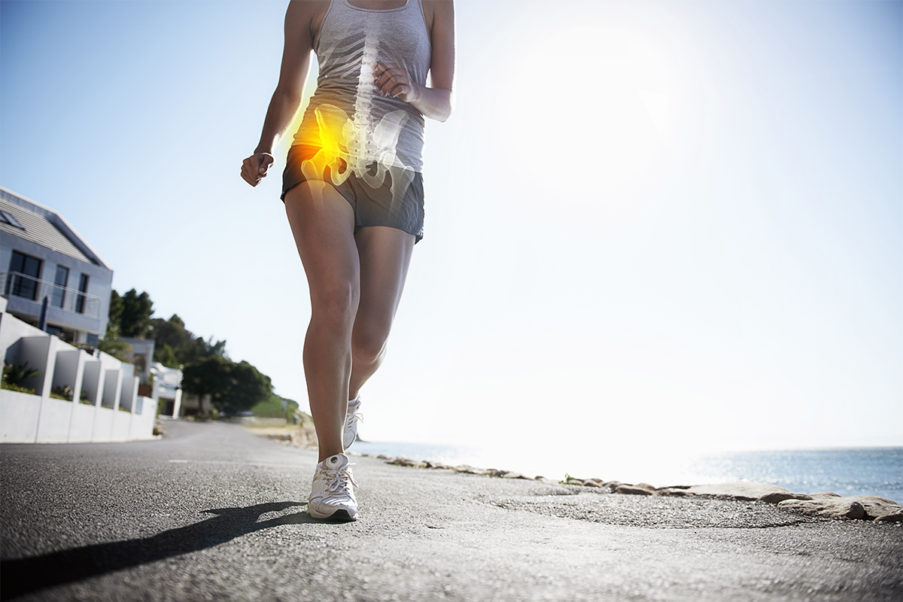Qigong Sampler
Would you like to practice a simple style of exercise that is reputed to strengthen your immune system, prolong your life span, increase your energy, uplift your spirit, vitalize your sexual functioning, enhance your general health, relax your body and calm your mind? For thousands of years, millions of Chinese have highly valued qi (or chi, pronounced chee), which can be activated through the practice of qigong.
Qigong (pronounced chee gung) is an ancient Chinese exercise and healing system. The word qigong derives from the Chinese words qi, meaning “energy,” and gong, meaning “work” or “practice.” The movements of qigong are similar to those of tai chi chuan (or tai chi), although usually simpler in form and therefore easier to learn. The relative simplicity of qigong makes it very accessible for anyone wanting to learn an authentic, comprehensive mind-body practice.
There are many forms and systems of qigong practice. Below, Larry Cammarata, PhD, a licensed psychologist, a wellness educator and an instructor of qigong and tai chi chuan, shares two movements from “The Eight Pieces of Brocade,” a classical form of qigong that is highly regarded for its health-promoting benefits. When practicing these movements, always remember to breathe, relax and enjoy the present moment!
Pushing Up the Heavens
According to Chinese tradition, this “piece” helps to regulate and enhance the functioning of the “triple energizer,” which consists of the heart and lungs, the stomach and spleen, and the liver and kidneys. This move also lowers heart rate and blood pressure; improves circulation; and relaxes the muscles.
The Movement: Stand with legs shoulder width apart, palms facing your legs. Raise your palms, facing upward, as you inhale. When you reach the level of your heart, face palms outward and begin to exhale while gently pushing your hands up. Slowly lower your hands as you inhale, switching to exhalation as you reach the level of your heart. Complete the piece by returning your hands to your sides during exhalation.
Pulling the Bow
to Shoot the Arrow
According to tradition, this piece opens the “lung channel” and helps to regulate and improve kidney function. This move also strengthens the legs, knees, abdominals and back muscles; increases mobility in the shoulders and neck; conditions the arms; relaxes the muscles; and offers a mild benefit to the heart.
The Movement: With a deeper bend in the knees, take a stance approximately 11/2–2 times the width of your shoulders. Inhale as you cross your arms, and then exhale as you “pull the bow to shoot the arrow.” Switch position by turning in the opposite direction while inhaling, crossing your arms again before executing the movement. The rear hand is lightly closed. The index finger and thumb of the front hand are extended, with the three remaining fingers closed into the palm. Complete the piece by inhaling as you cross your arms and raise your body up, then exhaling as you return your arms to your sides.
References
To learn more about qigong, check out the following books, DVDs and websites.
Books
- Chuen, Master Lam Kam. 1991. The Way of Energy: Mastering the Chinese Art of Internal Strength with Chi Kung Exercise. New York: Simon & Schuster.
- Cohen, Kenneth S. 1997. The Way
of Qigong: The Art and Science of Chinese Energy Healing. New York: Ballantine. - Jahnke, Roger. 2002. The Healing Promise of Qi: Creating Extraordinary Wellness Through Qigong and Tai
Chi. New York: Contemporary Books. - Yang, Dr. Jwing-Ming. 1997. Eight Simple Qigong Exercises for Health: The Eight Pieces of Brocade. YMAA Publication Center.
- Yang, Dr. Jwing-Ming. 1997. The
Root of Chinese Chi Kung: Secrets of Health, Longevity & Enlightenment. YMAA Publication Center.
DVDs - Cammarata, Larry. 2008. Eight Mindful Movements of Qigong. www.ideafit.com/fitness-products/sessions-from-2008-
inner-idea-conference. - Tsao, Master Jesse. 2005. Qigong Essentials: Eight Piece Brocades. www.taichihealthways.com.
Websites - www.qigonginstitute.org
- www.egreenway.com/qigong
- www.qigonghealing.com
- www.feeltheqi.com
- www.nqa.org





